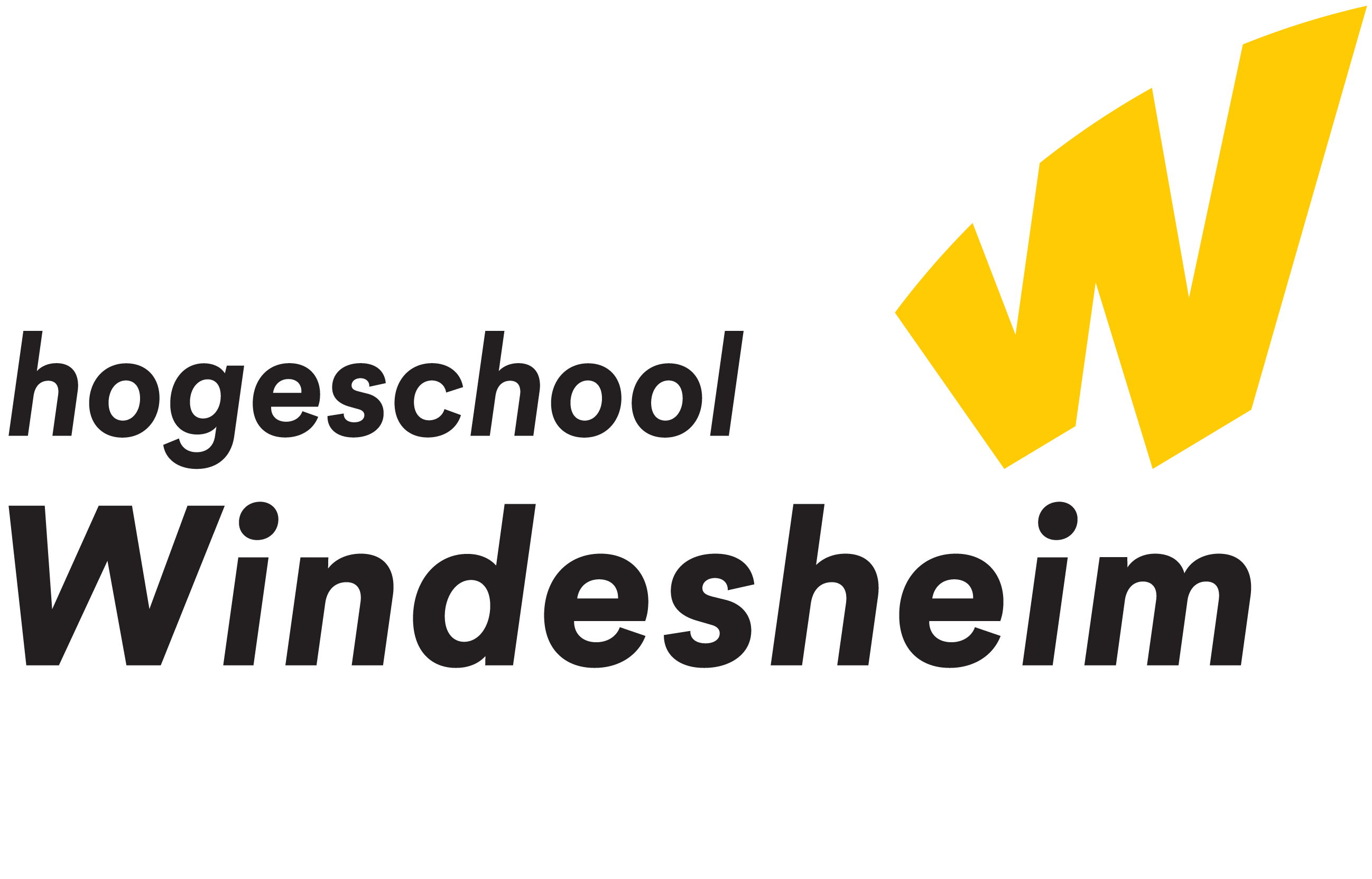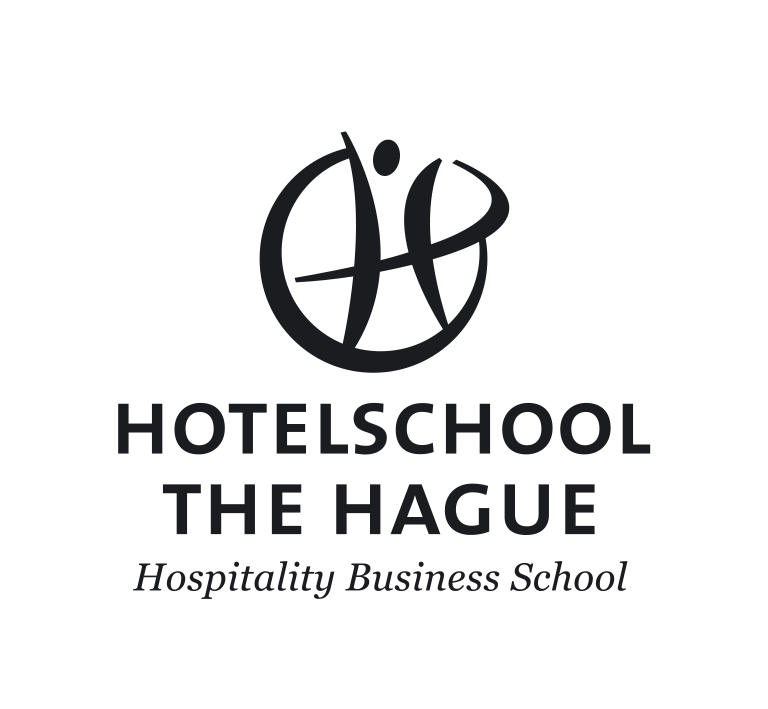Balancing the social and financial sides of the coin
An action research on setting up financial self-help groups in the NetherlandsBalancing the social and financial sides of the coin
An action research on setting up financial self-help groups in the NetherlandsSamenvatting
The theoretical framework of this dissertation is based on Amartya Sen’s capability approach (Chapter 2). In the early 1980s, development economist Amartya Sen developed the capability framework as a broad normative framework for the evaluation and assessment of individual well-being and social arrangements mainly in countries in the Global South (Sen, 1999, 2009). I chose the capability approach was chosen because of its strong focus on the notion of freedom as the capability to live the life each individual is aiming for. The freedom to choose a particular lifestyle is an intrinsic part of Sen’s notions of agency and well-being (Sen, 1999). After elaborating on notions of agency and well-being in detail, I turn to the role of financial self-help groups and how their members are influenced by social structures. This chapter concludes by operationalizing the theoretical framework into three capabilities (C1–C3) that serve as sensitizing concepts throughout the dissertation. These capabilities focus on the potential impact CAF groups have on members’ abilities to develop social networks (C1), to control their financial household management (C2), and to adopt an enterprising attitude (C3). Chapter 3 discusses my research methodology. I describe how the three capabilities (C1–C3) were applied as sensitizing concepts in the set-up of this particular action research (Blumer, 1954). I also explain in more detail how, by using sensitizing concepts, I combined an inductive research approach with a deductive angle. Then, I elaborate on the fundamental elements of this action research project: the implementation of the CAF groups as well as the collection and analysis of the empirical data. Finally, I reflect on how I designed and carried out this action research, with a special focus on the interaction between researcher and CAF members as research participants. A more detailed background description of the Dutch financial landscape is provided in Chapter 4. The chapter focuses on two particular financial self-help groups: ROSCAs among Ethiopians and Ghanaians living in the Netherlands. Compared to the formal banking system dominating the current financial landscape, these financial self-help groups claim effectivity instead of efficiency in the operation and management of their respective groups. By exploring developments in the current financial landscape, this chapter argues that distinguishing different kinds of resilience creates possibilities for analysing the different roles of financial arrangements and institutions for the financial landscape. Thus, this explorative study on ROSCAs questions the dominance of the financial side of the coin that has resulted from the efficiency-driven institutions of the financial sector. Chapter 5 presents each CAF group in more detail. The reader gets to know the different members of each CAF group and their motivations to join. Financial performance is assessed according to members’ savings and loan behaviour during the period of their participation. The quantitative data is analysed on how much the members of a respective CAF group saved and how much they borrowed from the group’s fund during the entire period of the research. These insights help the reader to better understand the differences and similarities between the five CAF groups. Chapter 6 discusses the empirical findings from the first three CAF groups. This chapter explores whether and how participation in a CAF group improves individuals’ well-being with regard to expanding their social networks, improving their financial household management, and strengthening their entrepreneurial positions. It also shows how participating in CAF groups at the grassroots level contributes to the well-
Balancing the social and financial sides of the coin26being of vulnerable people in the Netherlands. Finally, the chapter reconsiders Sen’s notion of freedom for the particular context of overconsumption, inequality, and overindebtedness. In applying Sen’s capability approach, I realized that the approach has a “blind spot” regarding individuals’ possible impacts on the structures within and around them. By adding notions of Giddens’s structuration theory to the core concepts of the capability approach, I rendered the capability approach more sensitive to how CAF-group members may interact with their surrounding structures (Chapter 7). The relation between individuals and surrounding societal structures is extensively discussed in what is often referred to as the agency-structure debate (Ritzer, 2003). This debate is based on differing views about whether and to what extent individuals have a free will and can act according to their preferences, values, and personal feelings, or to what extent they are the “product” of their surrounding social structures. By expanding the capability approach with the notions of internal structures, on the one hand, and more proximate and more distant societal structures, on the other (Stones, 2008), I detail not only how individual agents are influenced by their surrounding structures, but how they might also have – however small and modest – an impact on those structures themselves. As a result, this chapter not only provides answers to how CAF-group participation affects individual members’ access to social networks, their financial household management, and their entrepreneurial positioning, but it also enabled me to investigate how and why individuals join a CAF group to take part in a so-called countermovement. Thus, I also consider how CAF members could possibly play a role in their surrounding social structures, like the existing financial landscape and the emerging participation society in the Netherlands.One way in which a CAF group can play a role in the surrounding structures is to become a community of practice. Wenger (1998) describes a community of practice as a group of people who share a certain domain of interest that distinguishes them from others. In a community of practice, it is crucial to learn from each other by engaging in joint activities and discussions. To discuss whether and how some of the CAF groups studied here turned into a community of practice, I apply the criteria of a common goal, trust, democratic leadership, and accumulation of knowledge in Chapter 8. The application of these criteria to the functioning of the CAF groups also provides more insight into how members interacted which each other in the different CAF groups. I will show how two of the five CAF groups indeed turned into communities of practice. Chapter 9 concludes this dissertation by linking the empirical findings on the individual level (Chapters 6 and 7) with those on the group level (Chapter 8). I follow this with a general discussion of the main contribution to theory development made by the
Balancing the social and financial sides of the coin27expansion of Sen’s capability approach with Giddens’s structuration theory. Then, I discuss the role of CAF groups in enabling individual participants to balance the social and financial sides of the coin. Finally, I conclude this dissertation by showing how CAF groups have the potential to empower their members to meet the expectations of the participation society and the challenges of the contemporary financial landscape. I also provide recommendations for how engaged scholars doing action research can be reflective about the way they interact with their research participants and for how practitioners can set up CAF groups in the field. In the Epilogue, I tell the story of Cash2Grow. Based on the experiences and findings of my research, I co-founded the Cash2Grow foundation to promote savings groups in the Netherlands as a tool for financial and social empowerment. By developing improved savings-group methodologies and financial education tools, the foundation aims to train staff and volunteers from different types of (welfare) organizations to establish savings groups among their target populations. At the moment, we are also collaborating with similar organizations in Spain, Italy, Germany, and Poland to learn more from each other in a project subsidized by the EU.
| Organisatie | De Haagse Hogeschool |
| Afdeling | Faculteit Business, Finance & Marketing |
| Lectoraat | Lectoraat New Finance |
| Partners | VU Amsterdam |
| Jaar | 2021 |
| Type | Proefschrift |
| Taal | Engels |































